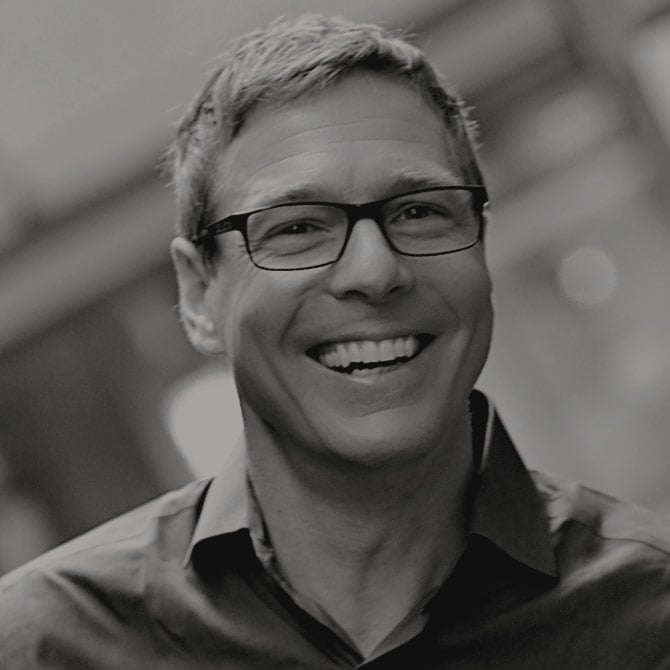Multiplying Team Effectiveness

Once the holiday season kicks off with Thanksgiving, there’s no stopping the flurry of activities: office parties, visiting with family and friends, exchanging gifts, and planning for the New Year.
This past Thanksgiving, at a table with 16 family members, a thought occurred to me. The thing that makes family get-togethers so meaningful isn’t the food or the time off, it’s the synergy of people with different opinions, priorities, and preferences enjoying time together – debating the merits of white, dark, or no meat; cheering for their favorite football team; and reconnecting with distant relatives.
In many households, including mine, the traditional Thanksgiving meal has evolved from Norman Rockwell’s idyllic painting Freedom from Want to something far different from that grandmother in a lace-trimmed apron placing a perfectly roasted turkey on a table surrounded by smiling family members.
The same is true for today’s workplace.
The evolution from similar to varied
If you watch historical footage of the NASA Launch Control Center in the 1960s, you’ll find a sea of men in white shirts with narrow black ties and dark slacks. IBM had a similar dress code. Conformity was fundamental, reinforcing the significance of their endeavors.
Within a decade, what people wore became less important. The workforce grew more diverse and the need for increased teamwork became imperative as businesses and organizations faced increasingly complex challenges. Companies needed the expertise of people from multiple backgrounds with varied skills.
Recently, a Bridge Partners associate recounted how several employees were charged with solving a vexing problem. The software engineers tried one tactic without success. The hardware engineers went in another direction – and also failed. Finally, a technician with a physics degree proposed a solution and eventually earned numerous patents for his innovative approach.
The technician wasn’t necessarily smarter. He simply had a different perspective. He was part of a team where diverse disciplines and experiences provided the opportunity to explore all aspects of the problem and arrive at the best solution.
Value divergent points of view
While it’s tempting to define what makes the ideal employee for your organization, and to hire accordingly, a more rewarding strategy might be to choose people with diverse but complementary skills, experiences, personalities, and working styles. This practice extends beyond hiring traditionally “diverse” candidates to seeking employees with a multiplicity of attributes.
In their book Think Like a Freak, authors Steven D. Levitt and Stephen J. Dubner recommend dampening one’s ingrained biases, because it’s difficult to accurately assess a problem if you’ve already determined the answer. In a sense, having teams of people who have similar skills, backgrounds, and points of view inhibits creative thinking that can lead to breakthrough solutions. They may arrive at a consensus before all avenues have been explored or fail to critically examine an issue, believing their dissent could create unnecessary conflict or delay progress. Having teams with similar perspectives is like observing a room without looking behind the door.
In today’s competitive environment, it’s essential to have a highly collaborative and diverse workforce with the confidence to disagree. That freedom is where emergent thinking comes from, and those insights can lead to transformative solutions.
In today’s competitive environment, it’s essential to have a highly collaborative and diverse workforce with the confidence to disagree.
Encourage discourse that leads to innovation
In 1941, Swiss electrical engineer George de Mestral went for a walk in the woods and pondered why burdock seeds clung to his coat and dog. His curiosity and determination to create a similar man-made hook-and-loop fastener resulted in the introduction of Velcro in the late 1950s.
Frequently, creative breakthroughs come from unlikely sources – people whose life experiences and personalities allow them to see a challenge in a new way, energize those around them, or influence management to invest in a novel approach.
Having teams of people with differing perspectives can no doubt turn routine status meetings into lively and sometimes heated discussions. However, the benefits also include increased employee engagement and reduced turnover, because employee contributions are valued regardless of perspective.
Additionally, having a corporate culture where individuality is welcomed makes it easier to attract and retain talent, a necessity in a competitive job market. And having happier employees who can be their genuine selves translates to improved culture, increased productivity, and, ultimately, happier customers.
Embrace diversity of thought for success
When I started Bridge Partners, I didn’t want to build a team of cookie-cutter consultants with impressive résumés. I sought out smart people who were comfortable being their authentic selves because I firmly believed that teams of unique individuals from all walks of life, applying their skills, knowledge, and viewpoints, produce outstanding results for clients.
Eleven years later, I hold that belief more firmly than ever. Our diversity of skills, backgrounds, and personalities has been the single biggest contributor to our growth and reputation as a great place to work.
At dinner this past Thanksgiving, we had multiple languages and backgrounds at our table, along with food for just about every dietary preference. And it was all good – our differences are what gave meaning to the opportunity to share and be grateful together.
About the author



